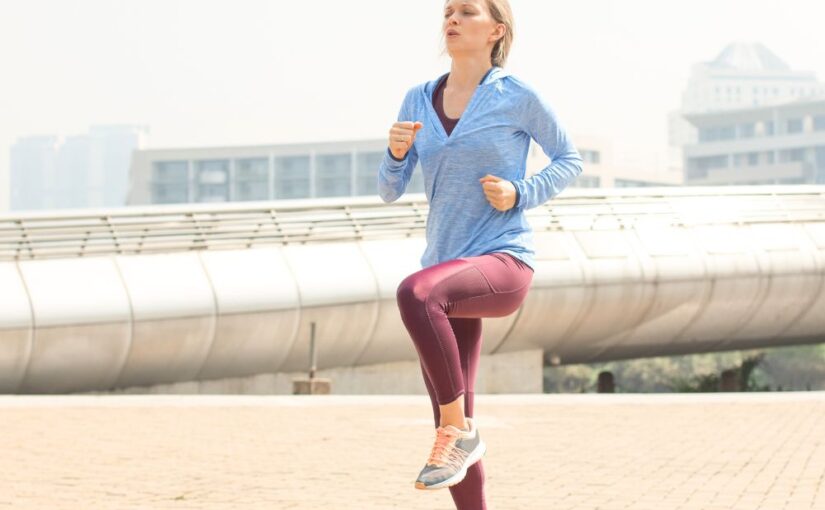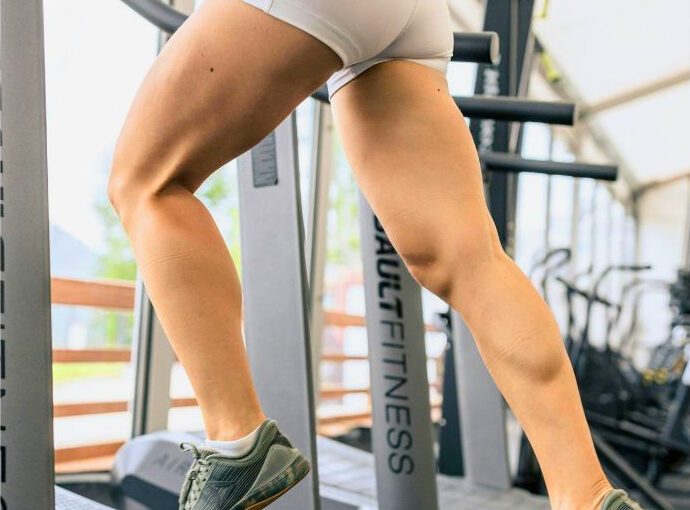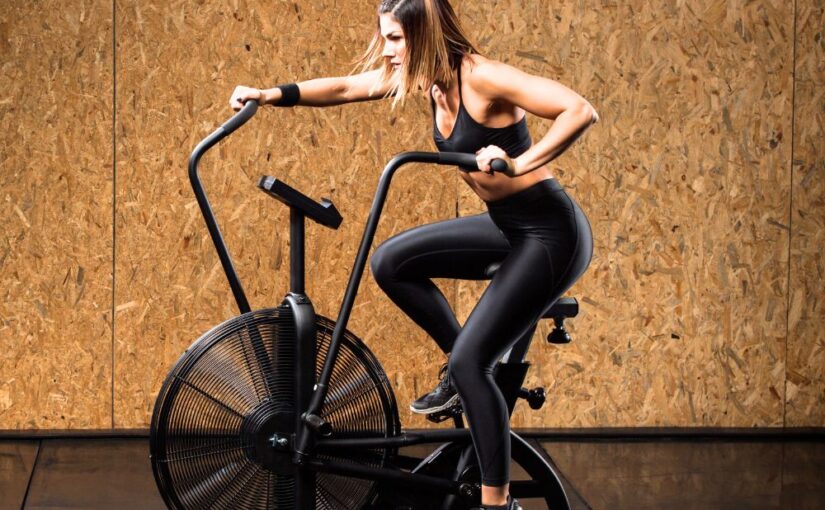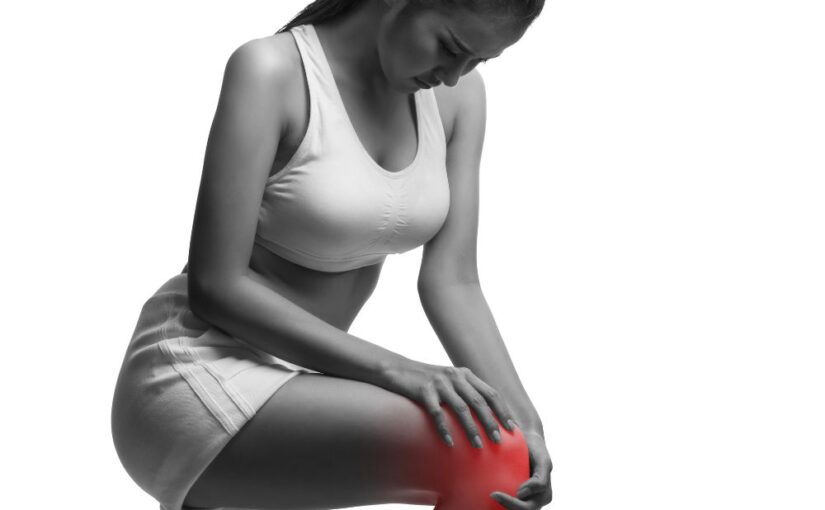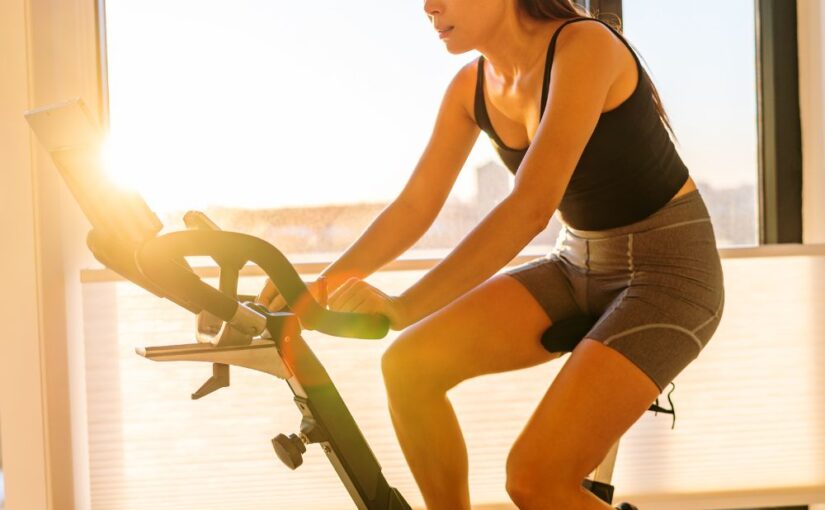For those with a naturally slim build, gaining muscle can often feel slow and challenging. You may eat constantly, lift weights, and still not see the results others achieve in half the time. That’s why understanding how to gain muscle fast for skinny guys requires a strategic approach—one that goes beyond just eating more or working out harder. If putting on weight is challenging, then this guide is for you.
Understanding the Hardgainer Body Type
If you’re struggling to build mass despite your efforts, you likely fall into the ectomorph category—someone with a fast metabolism, lean build, and difficulty gaining both fat and muscle. This doesn’t mean gaining muscle is impossible; it just requires a tailored plan that aligns with your body’s unique needs.
Step-by-Step Guide: How to Gain Muscle Fast for Skinny Guys
1. Eat More—But Eat Smart
Maintaining a steady caloric surplus is essential—meaning you have to eat more calories daily than your body expends.
Tips:
- Track your intake with apps like MyFitnessPal.
- Boost your daily calorie intake by 300–500.
- Prioritize calorie-dense, nutritious foods like rice, oats, whole eggs, full-fat dairy, peanut butter, and lean meats.
Caloric Surplus Muscle Gain Timeline
Gaining muscle requires a consistent caloric surplus—eating more calories than you burn each day. For most skinny guys, aiming for 300–500 extra calories daily can lead to steady muscle growth of about 0.5 to 1 pound per week. The timeline below shows how small, consistent surpluses can translate into meaningful gains over time without excessive fat accumulation.
| Week | Average Daily Surplus (cal) | Weight Gain (lbs) |
|---|
| 1 | +350 | 0.5 |
| 2 | +350 | 1.0 |
| 3 | +350 | 1.5 |
| 4 | +350 | 2.0 |
2. Focus on Protein and Carbs
Muscles need building blocks—and those come from protein and carbohydrates.
- Protein target: Consume about 1.0 to 1.2 grams of protein for every pound you weigh each day.
- Carb target: At least 2–2.5 grams per pound to fuel workouts and support recovery.
3. Train Heavy and Consistently
A common mistake for many skinny guys is using light weights with high repetitions. Prioritize progressive overload by slowly boosting the weight or reps as you progress.
Ideal Workout Split (for beginners):
- Day 1: Push (Chest, Shoulders, Triceps)
- Day 2: Pull (Back, Biceps)
- Day 3: Rest or active recovery
- Day 4: Legs
- Day 5: Full-body or repeat cycle
Key Exercises: Bench press, squats, deadlifts, pull-ups, barbell rows, overhead press.
4. Limit Cardio (But Don’t Eliminate It)
Excessive cardio can burn the extra calories you need for growth. Don’t overdo it; two light sessions a week will promote heart health without undermining muscle growth.
5. Rest and Sleep Like It’s Your Job
Muscles grow when you rest—not when you train. Strive for 7 to 9 hours of sleep nightly and avoid pushing yourself too hard with overtraining. Recovery is where the real gains happen.
6. Stay Consistent and Patient
When figuring out how to gain muscle fast for skinny guys, consistency trumps everything. Results may be slower than you’d like, but with the right habits, they will come.
Bonus: Sample 1-Day Muscle-Building Meal Plan
Breakfast:
- 4 eggs scrambled with cheese and spinach
- 2 slices whole grain toast with butter
- 1 banana
- 1 glass whole milk
Snack:
- Greek yogurt with granola and honey
- Handful of almonds
Lunch:
- Grilled chicken breast
- 1 cup rice
- Roasted vegetables
- Avocado
Post-Workout Shake:
- 1 scoop whey protein
- 1 banana
- 1 tbsp peanut butter
- 1 cup whole milk
Dinner:
- Ground beef or salmon
- Pasta or sweet potato
- Steamed broccoli
Before Bed:
- Cottage cheese with berries
- Handful of walnuts
Conclusion
Learning how to gain muscle fast for skinny guys isn’t about quick fixes or shortcuts—it comes down to applying proven strategies with consistency. Hardgainers can still build noticeable muscle by maintaining a calorie surplus, lifting with progressive overload, and prioritizing recovery. With consistent effort and patience, meaningful transformation is not just possible—it’s highly achievable.
Frequently Asked Questions
Most skinny guys should start by eating 300–500 calories above their maintenance level daily. This creates a caloric surplus needed for muscle growth.
With consistent training, proper nutrition, and rest, skinny guys can expect to gain about 0.5 to 1 pound of muscle per week—though initial gains may come quicker due to “newbie gains.”
You don’t need to avoid cardio completely, but keep it minimal—1 to 2 light sessions a week is enough to support heart health without burning off your surplus calories.
Supplements like whey protein or creatine can help, but they aren’t essential. Whole foods and a balanced diet should be your foundation.
If you’re not gaining after 2–3 weeks, you’re likely still under your maintenance needs. Gradually increase your daily intake by another 100–200 calories and track progress.


